Interview with Vinita Zutshi, Author of “Folktales from Kashmir"
Vinita Krishna’s Folktales from Kashmir revives forgotten Kashmiri lore with heart and depth, blending oral tradition, emotion, and timeless storytelling.on Jun 19, 2025
.jpg)
Frontlist: ‘Folktales from Kashmir’ feels like sunlight filtering through centuries of oral tradition. What drew you to the stories of Kashmir, and how did you go about selecting the eighteen tales featured in this collection?
Vinita: I have been telling stories for decades, both as an author and a performance storyteller, but I was unfamiliar with any Kashmiri folktales. This was despite my family being from Kashmir. I didn’t know any folklore, but neither did anyone in my large extended family of over twenty-five people in or close to my parents’ generation. When I reached out to other Kashmiris, it was as if they spoke with one voice: they had never heard a single folktale in their lives, not even in childhood, though most of them had been born and raised in Kashmir.
Conversations with students and teachers after storytelling sessions at schools in Kashmir revealed the same gap. Education has been so important as the means to a better quality of life that, for decades, it was all that parents cared about. And so these stories have been lost, creating an emptiness that we all feel but can’t quite put into words. It took months of reaching out before I found Kashmiris, who knew some folklore. Thankfully, they were happy to share these stories with me.
It was important to me that the tales evoke a wide range of emotions rather than presenting a ‘happily ever after’ ending because children need to understand that not everything ends with a rainbow and a pot of gold. I also wanted these stories to be ‘new’ in the sense that they had not already been published.
Frontlist: As someone deeply involved in storytelling and parenting, how do you think traditional folktales help children—and adults—understand complex emotions or moral dilemmas in an accessible way?
Vinita: I believe traditional folktales are irreplaceable because they do something nothing else can—they allow two opposites to coexist. First, they create a distance between the reader and the characters of the story. Keep this distance, this space, in mind as you read on. Second, the characters, themes, and conflicts are ones every reader can relate to: who hasn’t experienced desire, envy, love, friendship, feelings of abandonment, sadness, anger, fear, or ambition?
The tale draws us in, and the all-important space allows us to observe (not understand—first, we must observe) emotions, how they drive actions, the interplay of conflicting desires, and the resulting dilemmas. This space serves as a safe place for us to acknowledge ourselves without feeling guilty, afraid, or ashamed because all of this happened ‘once upon a time’ to someone else. It becomes easier to see cause and effect, as well as random occurrences, in the lives of others. In these stories, we can see that sometimes things turn out as the protagonists hope, while at other times, the outcome is unexpected—not necessarily undesirable, but surprising nonetheless.
I use ‘us’ deliberately instead of separating children from adults because the experience of reading or listening to a story is universal. What many don’t realize is that children often absorb much more from a story than adults expect. Feelings are pre-verbal, and children are more attuned to their emotions than most adults are. Conditioning dulls this sensitivity, but given a safe space, children will connect and truly feel. This safety, combined with allowing their feelings to be acknowledged, is deeply affirming—to both them and the adults. It is only after this that we can begin to understand, process, and learn from our emotions. I am convinced that if enough people engage deeply with stories, we will overcome the angst that defines modern life.
Frontlist: The folktales you’ve collected blend wit, wisdom, and a touch of magic. How important was it for you to preserve the original flavor of these Kashmiri tales while making them relatable to modern readers?
Vinita: Relatability is a fundamental principle for any author, as the reader needs to connect with the story to engage with it and then absorb its meaning. So yes, this was essential. But that is what makes folktales special and timeless—their relevance across time and space.
Frontlist: Storytelling often serves as both a mirror and a window—reflecting who we are and offering a view into other lives. What did you learn about yourself, or your own roots, while working on this book?
Vinita: More than anything else, I realized how little I know about my roots. I’m determined to dig my heels in and explore deeper until I feel more grounded. This, like life, is a work in progress.
Frontlist: Kashmir is known for its beauty, but its storytelling traditions are lesser known. How do you hope Folktales from Kashmir changes your readers' perception of the region?
Vinita: Today’s sad reality is that othering has become the norm. This fuels and sustains rage—the intense, all-consuming kind—which traps life in a needless cycle of negativity. Whether it’s people, places, objects, or situations, we’ve all been subtly and overtly encouraged to view everything as ‘me vs. them.’
The book shows that, at our core, we are all human beings. As humans, we experience similar emotions throughout our lives. From this shared understanding, the river of hope flows powerfully, and if we let it carry us, we will find ourselves in a better place.
Frontlist: Illustrations play a key role in this book. How did the collaboration with Charbak Dipta shape your vision for how these stories should look and feel on the page?
Vinita: Charbak worked his magic on the page. It was a joyful collaboration—I suggested various scenes I thought would be suitable illustrations for each tale, and he chose the one that resonated most with him. I also sent him numerous historical photographs and background information to provide cultural context and ensure he got the details right. A true professional, he was happy to make changes until we were both satisfied with the result. I hope readers enjoy it as well!
Frontlist: How has your performer background influenced how you write and structure stories, especially in a collection meant to be read aloud or shared?
Vinita: I love how writing and storytelling strengthen each other and become more impactful. I write visually—I’m ‘telling’ the story by writing what I see (in my mind’s eye). It’s like filmmaking: the camera lens starts with a long shot, pans, zooms in for a close-up, and then moves on.
Then, one goes back and realizes that one hasn’t quite captured everything seen because a particular element of the tale took over, so one fixes that. Then the author part of me steps in, notices what isn’t adding up, and corrects it, which feeds the performer. And so it continues.
Frontlist: The SunLit Stories theme celebrates stories that illuminate and inspire. Which tale in this collection is closest to your heart—and why does it feel like a little piece of sunlight to you?
Vinita: Each story is like a ray of sunshine, blazing bright and true, full of heart. How do I tell one ray from another?


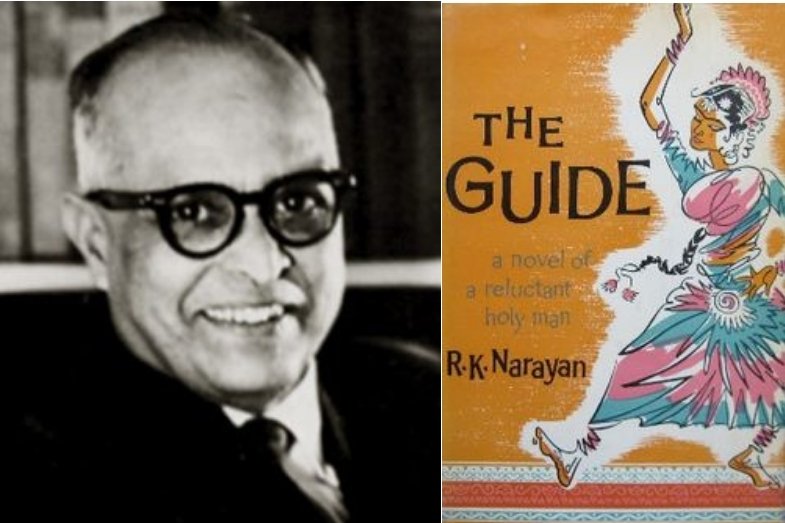
.jpg)



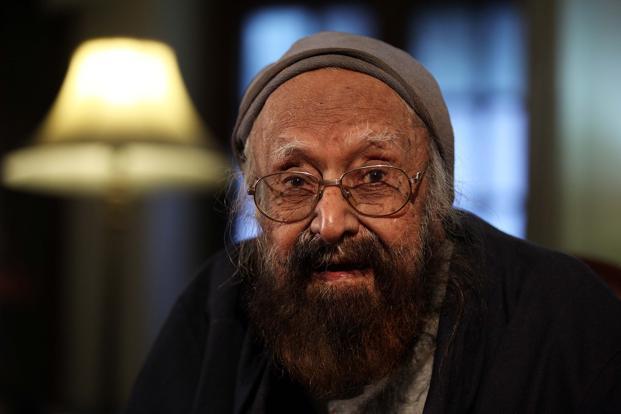
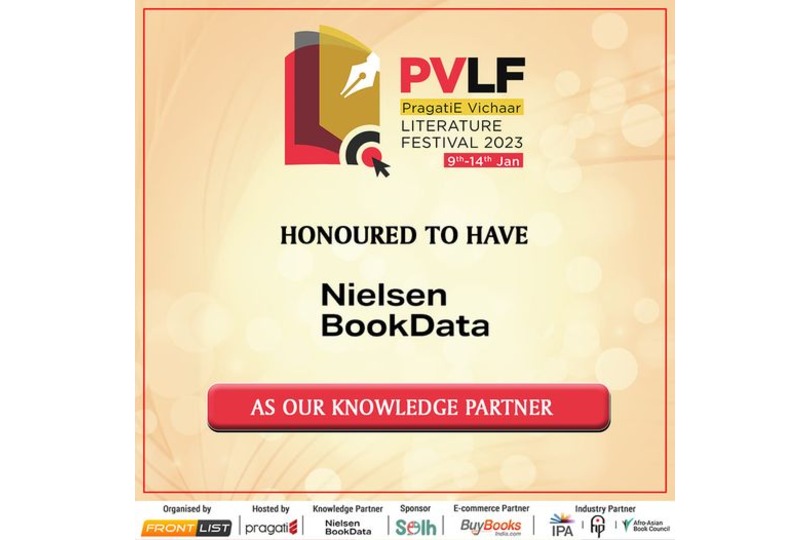
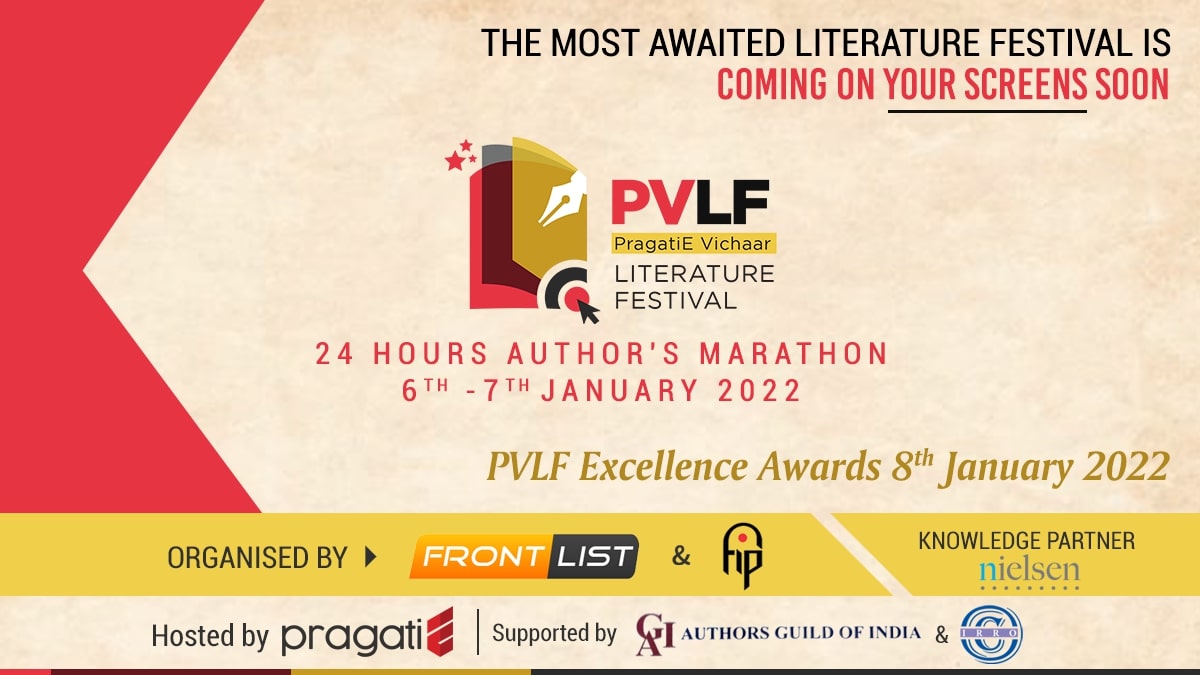
.jpg)

.jpg)
.jpg)
.jpg)
.jpg)
.jpg)
.jpg)
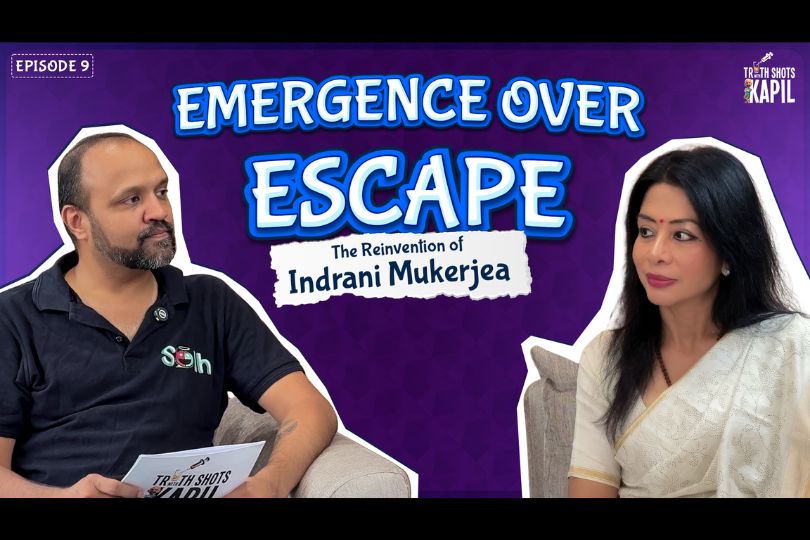
.jpg)

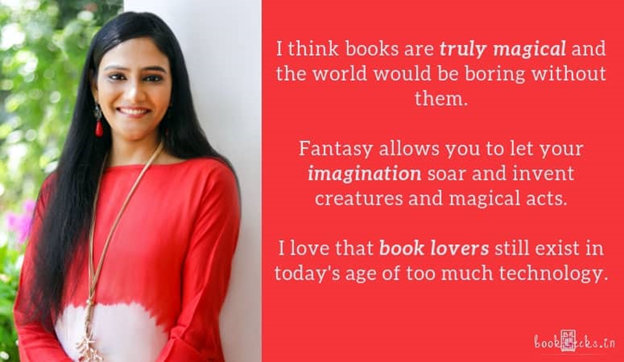
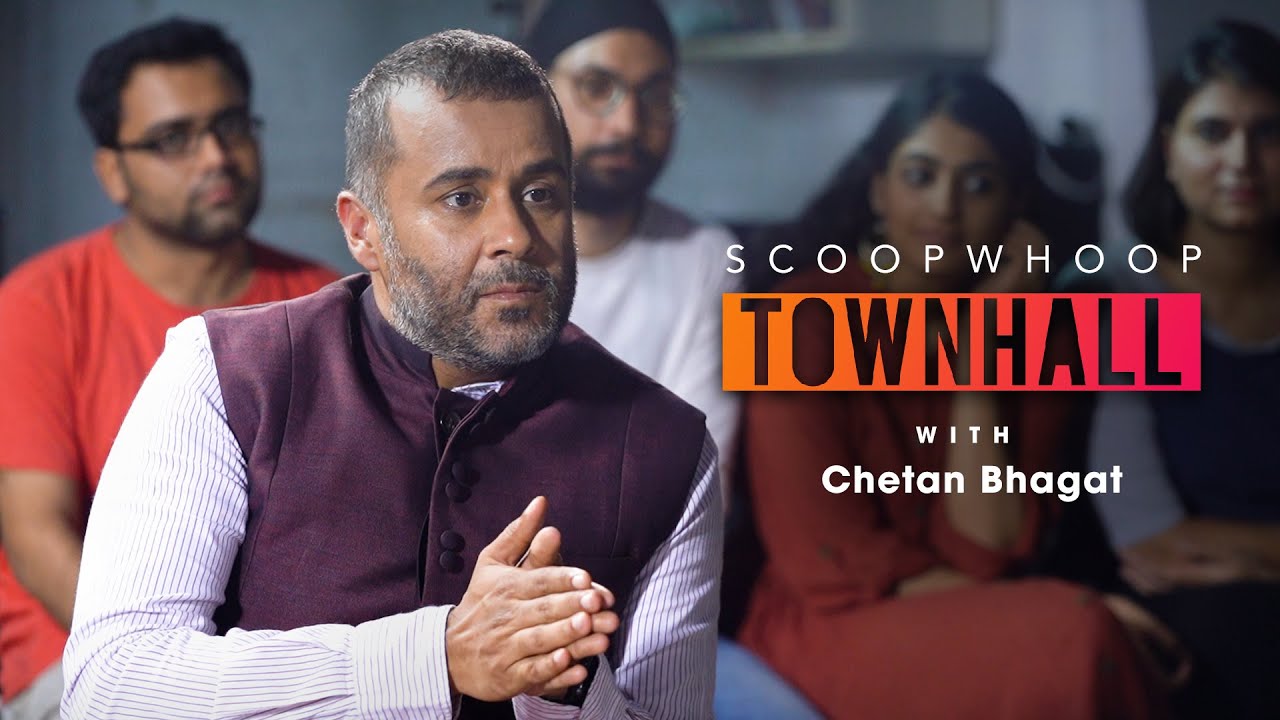
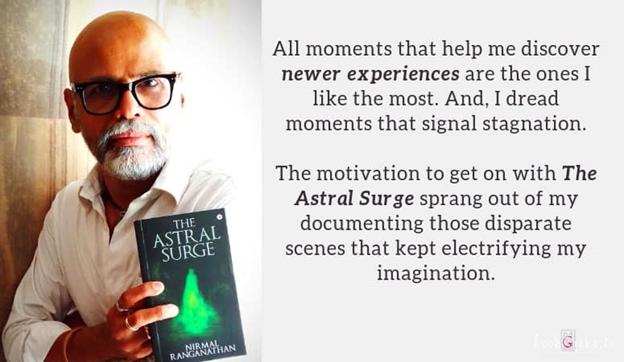
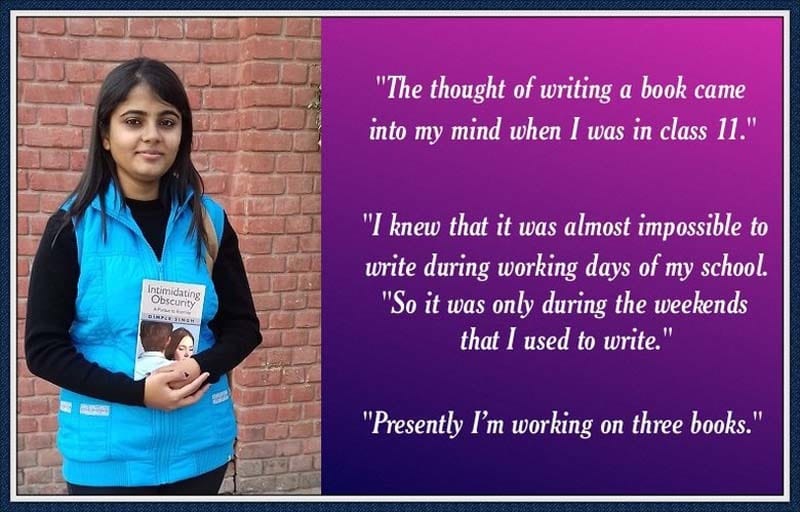
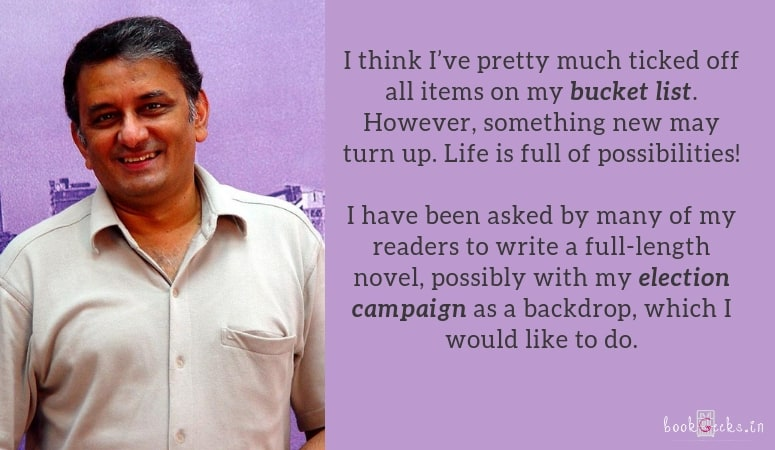
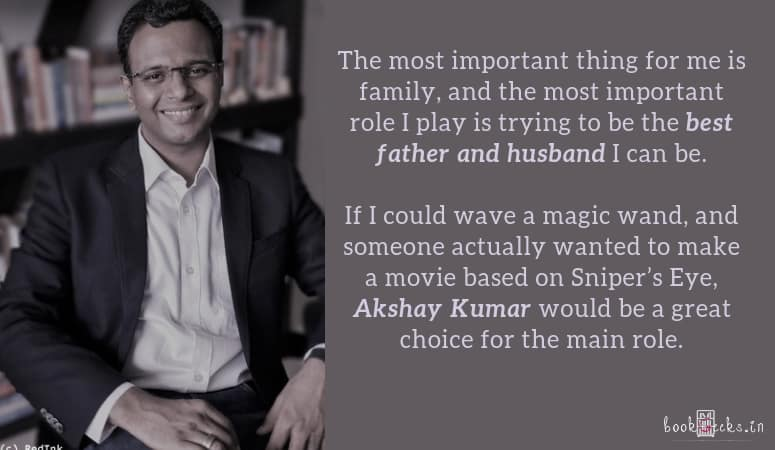
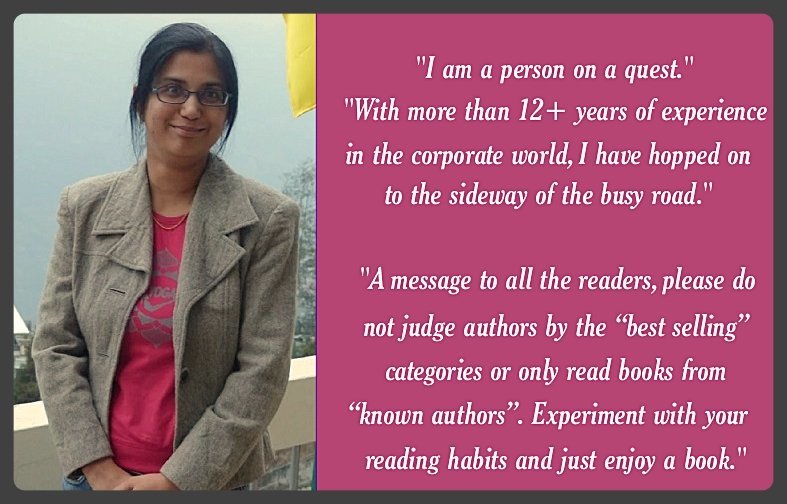


Sorry! No comment found for this post.